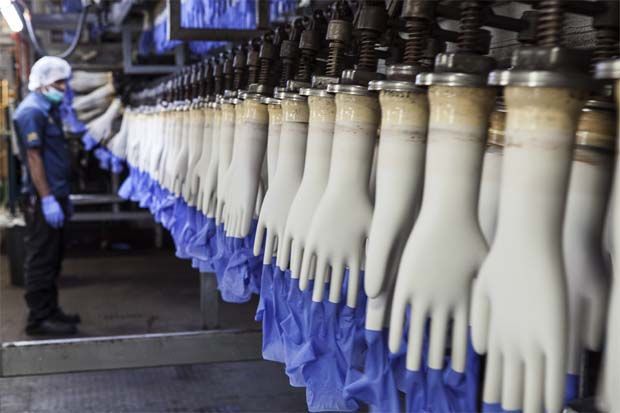
SYDNEY: The Australian and New Zealand dollars have recouped all of the losses since April 2 when President Donald Trump announced sweeping tariffs on the rest of world, sinking financial markets and triggering an exodus from U.S. assets.
Now that Trump has exempted electronics and semiconductors from the duties - at least for the time-being - much attention will be on China. Beijing has struck back at Washington on every measure but has said it won't respond to further U.S. tariff increases.
Buoyed by the retreat in the U.S. dollar, the kiwi hit a four-month high of 0.5860 on Monday, although it soon ran into resistance and was last up 0.3% at $0.5843. It rallied a staggering 4% last week - the biggest weekly rise since 2020, with resistance now at $0.5852.
The Aussie was up 0.1% at $0.6290, having jumped 4.1% last week in the biggest rise in five years. It is still some distance away from the 2025 high of $0.6409, but has more or less recovered all of the losses from the close of $0.6299 on April 2.
The gains for the two Antipodeans were startling as they are usually the market's whipping boy during times of volatility and stress. Yet this time it was the U.S. dollar being dumped.
Kristina Clifton, an economist at the Commonwealth Bank of Australia, expects the Aussie to edge higher this week if the rotation out of U.S. assets continues.
"AUD/USD can receive additional support if Chinese policymakers announce policy support to shield their economy from U.S. tariffs," said Clifton.
Chinese data showed exports surged 12.4% in March from a year ago as factories rushed to beat U.S. tariffs, although imports still dropped 4.3%. Chinese President Xi Jinping is in Southeast Asia courting key trading partners.
Down Under, traders are awaiting the minutes of the Reserve Bank of Australia's latest policy meeting due on Tuesday, as well as New Zealand's quarterly CPI figures and Australia's jobs data on Thursday.
Economists expect the employment report to show a rise of new 35,000 jobs in March, offseting a 52,800 fall the previous month, while the jobless rate is expected to rise marginally to 4.2% from 4.1%.
Swaps imply a quarter-point rate cut by the Reserve Bank of Australia has been fully priced in for May, with some risk - about 20% - of a large half-point move. A total easing of 115 basis points is expected for all of 2025. - Reuters








































